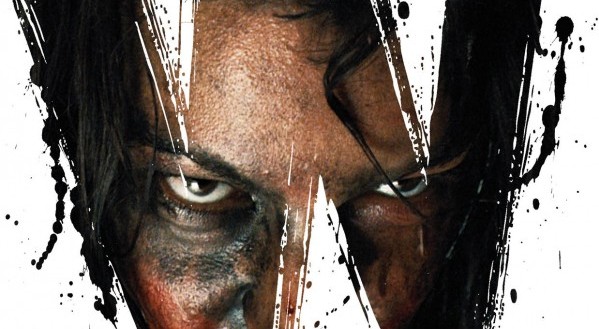The Bad Batch
by Hope Madden
Three years ago, Ana Lily Amirpour dazzled moviegoers with her sleek and imaginative vampire fable A Girl Walks Home Alone at Night.
The film tells of a solitary female figure and the surprising impact of unlikely companionship. Amirpour called the film a “vampire western.”
If you haven’t seen the film (and you should, immediately), but you like the premise, then Amirpour’s follow up The Bad Batch might also appeal to you. It mines a similar vein, although the context is a bit more merciless.
The film’s provocative opening of mostly voiceover under credits introduces the concept of the “bad batch” – unwanteds. Drugs, immigration, petty crime – it’s never clear what this batch has been up to, but we know where they’re going. They’re headed to a quarantined expanse of arid Texas desert no longer considered part of These United States.
Once the images on screen take form, Amirpour creates an atmosphere of dystopian terror that the balance of the film never quite reaches again.
Newest resident Arlen (Suki Waterhouse – very impressive), realizes just how Mad Max this can get moments after gates are locked behind her. In a breathless and brutal piece of cinema, we are introduced to one of two communities thriving in this wasteland.
The Bridge People are hyper-bulked up, ultra-tanned cannibals represented by Miami Man (Jason Momoa). (They may not have access to steroids, but they’re certainly getting a lot of protein.)
The second community of Comfort offers a colorful, almost habitable environment led by charismatic leader The Dream (Keanu Reeves).
With these two communities, Amirpour moves very clearly into metaphorical territory, ideas she underscores nicely with strategic use of the American flag.
One version of America sees the vain, self-centered “winners” literally feeding on the weak. The second may seem more accepting, but it pushes religion, drugs and other “comforts” to encourage passivity.
It’s a clever but unwieldy storyline, and Amirpour has trouble concluding her tale.
She has a great cast, though. Joining Woodhouse, Momoa and Reeves are flashes of Jim Carrey, Giovanni Ribisi, Diego Luna and a host of the freakish and intriguing.
Amirpour has such a facility with creating mood and environment, and though the approach here is different than with her debut, she once again loads the soundtrack and screen with inspired images, sounds and idiosyncrasies.
Her opening sets such a high bar – one she fails to reach again – and her finale feels too conventional for this character and this world. They’re fairly slight criticisms, but with a filmmaker of such amazing talent, they can’t help but be a let-down.




